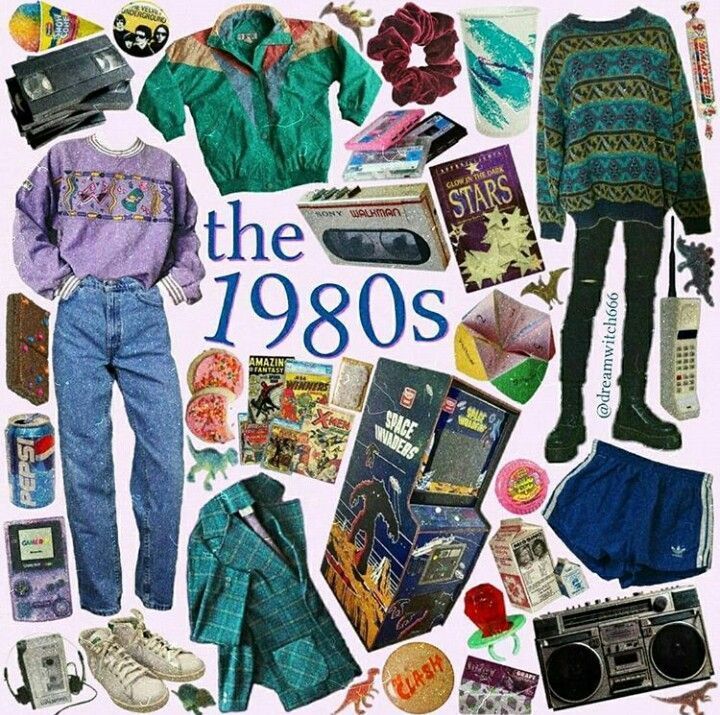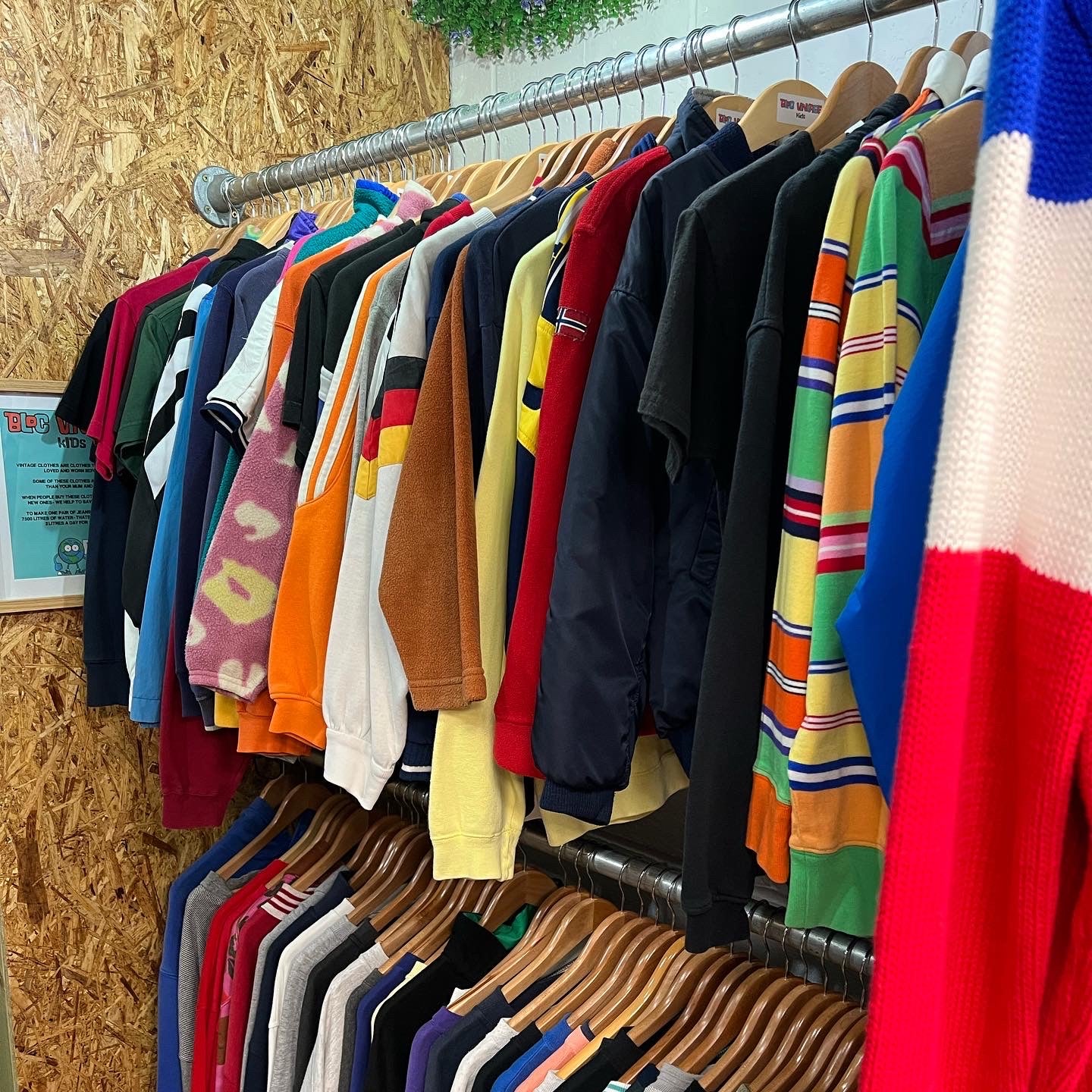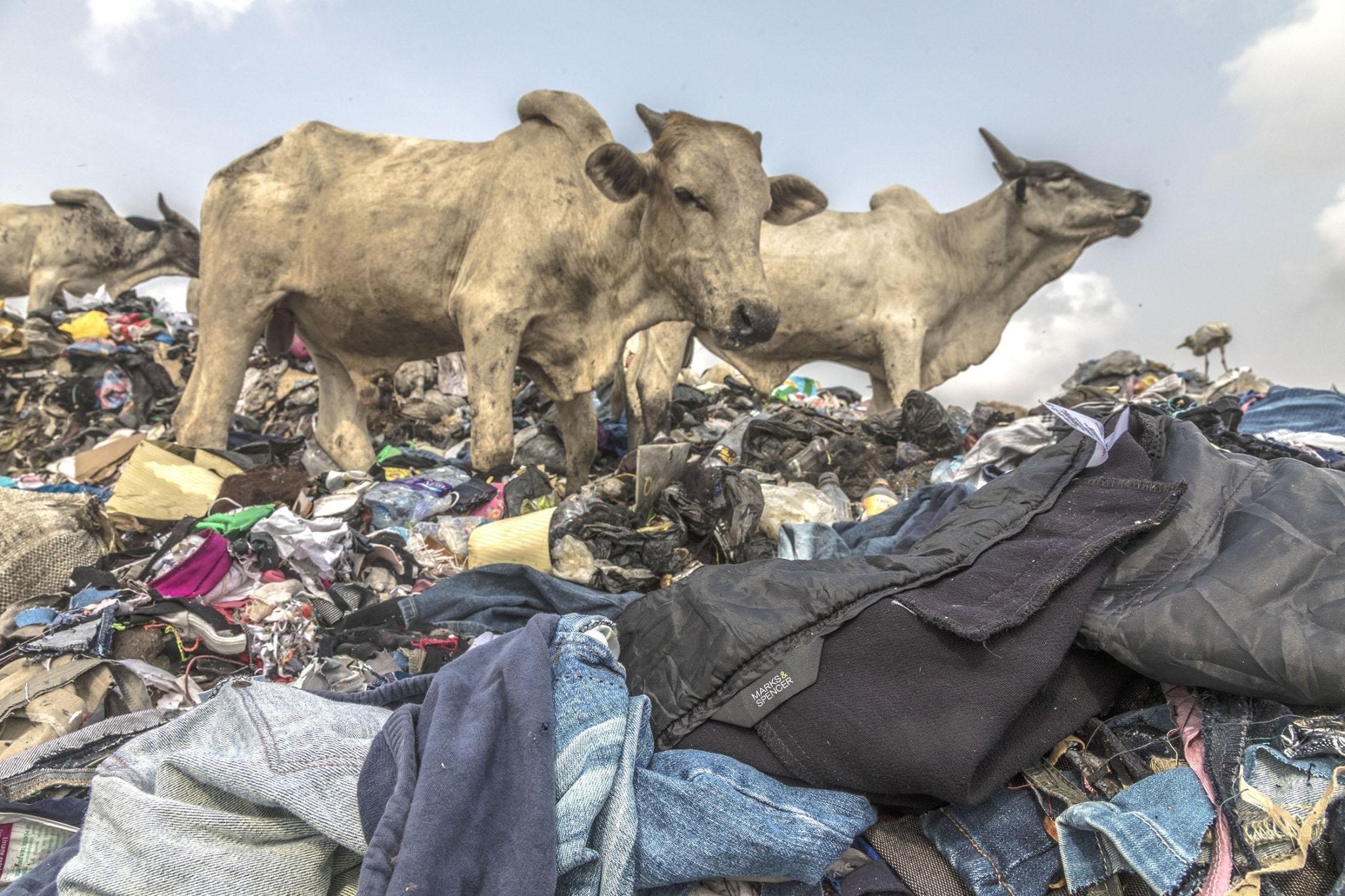
The History of vintage clothing
Vintage clothing refers to clothing that was made between 20 and 100 years ago, and has since been worn by previous generations. The term "vintage" was first used in the 1920s to describe wine, but it was soon applied to clothing as well. The concept of wearing vintage clothing gained popularity in the 1960s, when young people began to reject mainstream fashion and started to look for unique and individualistic styles. The rise of vintage clothing coincided with the emergence of second-hand clothing stores, where people could find old, unique pieces at affordable prices. In the 1970s, the popularity of vintage clothing continued to grow, and it became associated with the hippie and punk movements. Vintage clothing was seen as a form of rebellion against mainstream fashion, and as a way to express individuality. In the 1980s and 1990s, vintage clothing became more mainstream, and was embraced by fashion designers and celebrities. Vintage clothing was often incorporated into high-end fashion shows, and was worn by celebrities on the red carpet. Today, vintage clothing remains popular, and is seen as a way to express personal style and to stand out from the crowd. Vintage clothing is also seen as a sustainable fashion choice, as it is a way to reuse and recycle clothing, and to reduce the environmental impact of the fashion industry. You can shop our latest new items in our New In section.



















